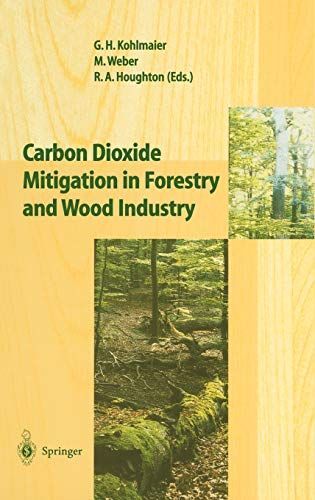
Carbon Dioxide Mitigation in Forestry and Wood Industry
The lntergovernmental Panel on Climate Change (IPCC) has recently summarized the state ofthe art in research on climate change (Climate Change 1995). The most up to date research findings have been divided into three volumes: • the Science ofClimate Change (working group I), • the Impacts, Adaption and Mitigation of Climate Change (working group II), and • the Economic and Social Dimensions ofClimate Change (working group III) There is a general consensus that a serious change in climate can only be avoided if the future emissions of greenhouse gases are reduced considerably from the business as usual projection and if at the same time the natural sinks for greenhouse gases, in particular that of CO , are maintained at the present level or 2 preferrably increased. Forests, forestry and forestry industry are important parts of the global carbon cycle and therefore they are also part of the mitigation potentials in at least a threefold way: 1. During the time period between 1980 and 1989 there was a net emission of CO from changes in tropical land use (mostly tropical deforestation) of 2 1. 6 +/- 1 GtC/a, but at the same time it was estimated that the forests in the northem hemisphere have taken up 0. 5 +/- 0. 5 GtC/a and additionally other terrestrial sinks (including tropical forests where no clearing took place) have been a carbon sink ofthe order of l. 3 +/- l.